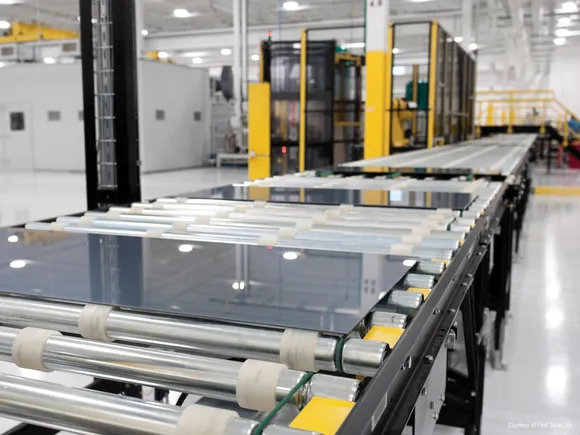
Hydrogen will play a pivotal role in the Tees Valley’s plans to decarbonise local industry.
Speaking to Energy Voice, Tees Valley Combined Authority head of net zero Chris Rowell said: “There have been people who’ve pushed a particular technology or ideology. We’ve always said: whatever works for industry, that creates jobs and decarbonises the UK’s manufacturing base, works for Tees Valley.”
“The hydrogen picture actually works really well for us.”
In its 2022 Net Zero Strategy, the region laid out its ambitions to create the UK’s first decarbonised heavy industrial cluster by 2040.
Central to its strategy is building out 4 GW of hydrogen production by 2030 and developing a National Hydrogen Transport Hub.
Among the projects in the area is EDF’s Tees Green Hydrogen project, which secured UK government funding as part of the net zero hydrogen fund (NZHF) and the first hydrogen allocation round (HAR1).
The project will use renewable electricity from the Teesside offshore wind farm and a planned solar farm to power hydrogen electrolysers.
In addition, the HAR2 auction saw MorGen Energy secure a spot for its Teesside Green Hydrogen project.
“You’ve got ready-made use cases for hydrogen and we can already see hydrogen producers who’ve chosen the Tees Valley interacting with sustainable fuels projects and industrial use cases as well,” said Rowell.
“And that’s before you look at where to send hydrogen and the rest of the UK.”
By making the Tees Valley a national Hydrogen Transport Hub, the region will have a central role in driving the UK’s energy transition.
“We find all of the UK’s industrial clusters and manufacturing centres say we would get more inward investment if we have cheaper energy,” Rowell noted.
“We are exploring options in partnership with Northern Gas Networks through the East Coast Hydrogen Initiative to look at how that hydrogen makes its way to other commercial and industrial sites around the north England.
Hurdles
However, the region has faced setbacks. In March, BP announced that it would not proceed with its HyGreen project as part of a strategic shift away from renewables.
This would have built a large-scale green hydrogen production facility at the Teesworks site, capable of generating 500MWe of hydrogen.
The company said it remains committed to its other Teesside projects – NZT Power, a gas-fired power station, the Northern Endurance Partnership (NEP) carbon capture and storage project and the H2Teesside blue hydrogen project.
“It’s not a magic bullet,” Rowell said. “You’ve got to consider the hierarchy of energy use cases and the hierarchy of difficulties and costs in producing it.
“Ultimately, the best and the greenest energy is the energy you don’t emit and it’s usually cheaper to reduce energy consumption, especially in the domestic market.”





















